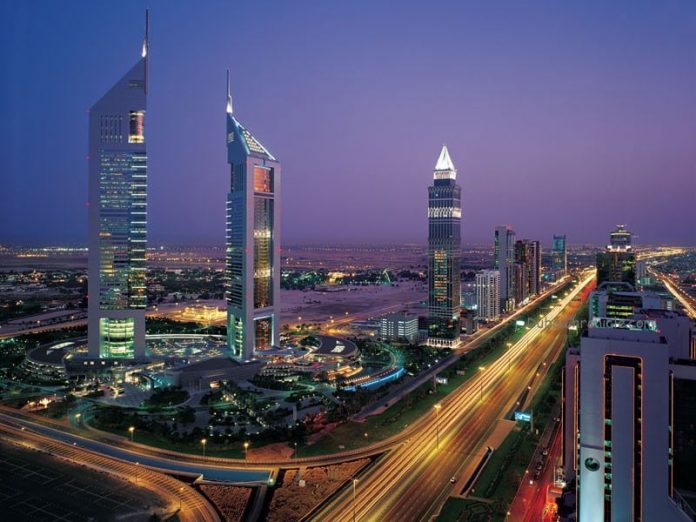
Global Investment House recently released its GCC Real Estate Quarterly 2Q13 research. The report, also examined the real estate market performance in UAE’s largest cities, Abu Dhabi and Dubai.
Like in the first quarter of the year, the office market registered a stable uptrend during Q2 2013. Rent for Grade A office space in Abu Dhabi, on the average amounted at AED1,540 per square meter. Vacancy rates were between 37–38%. Office market in Dubai, on the other hand, showed improvement. Rental prices of specific high-quality office spaces jumped with 8%QoQ. They varied between AED1,685 per square meter and AED2,600 per square meter. Vacancy rates continued to be stable at 31%. High-quality stock demand continues to be high. In contrast, demand for lower grade buildings is sluggish. In fact, it results in increasing vacancy rates and falling rentals.
During the second quarter of 2013, the residential property sales kept growing. This was triggered by strong economic developments. Another factor was the more positive market sentiments. Sales and rental prices rose in some parts of Abu Dhabi and Dubai.
During the second quarter, nearly 3,400 new residential units were released only in Dubai. The majority of them were apartments. REIDIN’s Residential Sale Index showed a rise with 16%YoY on the market in Dubai, but that index is relatively new and not government-backed. Rental Indices saw a 12%YoY increase in apartment and villa rents. In the meantime, nearly 2,300 residential units were added to Abu Dhabi’s real estate market in the second quarter of the year. Sales prices for properties in investment areas rose by 5%QoQ, on the average. As a result, it reached AED11,500 per square meter. Despite that, the growth was limited to prime properties located in already established investment areas.
The rising trend in the hospitality sector was also registered in Q2 2013. Occupancy rate and RevPAR increased in both Dubai and Abu Dhabi markets. The market in Abu Dhabi expanded with 600 branded rooms during the period. Dubai, on the other hand, welcomed the Oberoi hotel. Abu Dhabi’s occupancy level increased to with 8% for one year, hitting 70%. RevPAR also jumped with 11%YoY.
However, average daily rates (ADR) dropped by 2%YoY. The main reason for that was oversupply. In Dubai, occupancy rates increased with 2% over the past twelve months, reaching 85%. In addition, ADR jumped with 5%YoY, amounting to AED267.
Predictions
Rental rates in Dubai and Abu Dhabi are predicted to increase. That will be especially the case with quality office spaces. In comparison, lower grade office spaces would still witness rents pressure. Vacancy rates are likely to continue to be stable in the next quarter.
Prime quality properties demand will see a modest growth. That will eventually result in slightly increased rental rates in some particular areas where the demand is high. Nevertheless, the remaining part of the market would continue to experience pressure. That will be due to the increasing number of new stock.
Sale prices are predicted to increase. However, the rise would be limited to newly developed and prime properties.
A jump in demand would be triggered by higher consumer spending and interest. This is likely to increase rental rates in Dubai. Despite that, Abu Dhabi rents are predicted to remain stable. That is because retailers continue to be cautious about near-term expansion.
The number of visitors in Dubai will jump. As a consequence, ADR and occupancy levels will increase. Abu Dhabi will continue to experience a descending pressure due to rising supply in 2013.

































